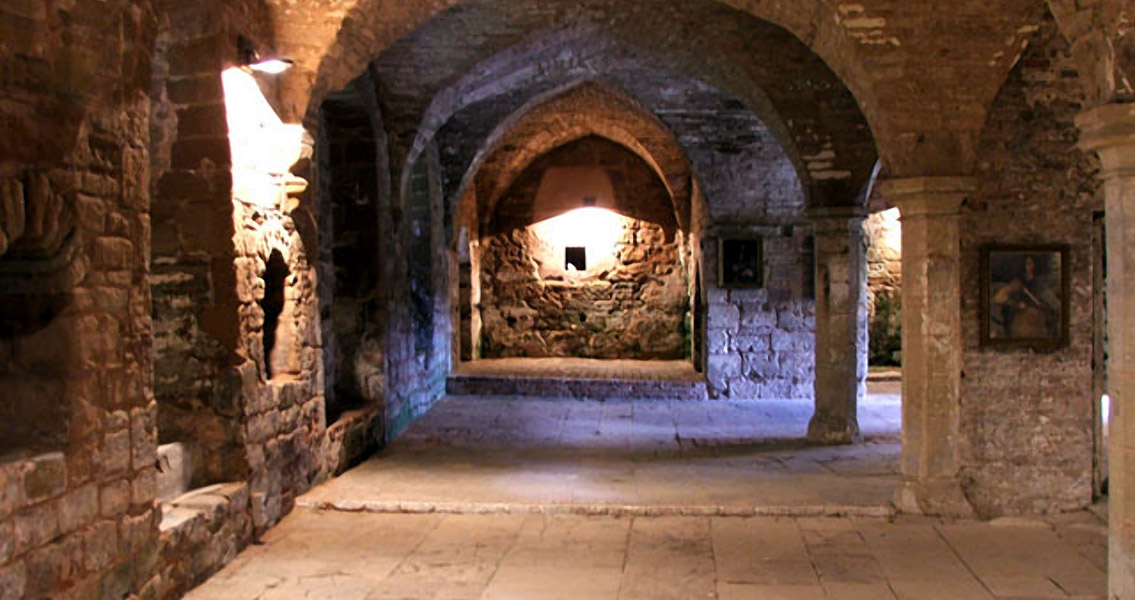<![CDATA[The remains of what is likely a medieval-era metal whip known as a scourge, common after the days of the Black Death, have been found in an abbey in Nottinghamshire, UK. Whips of this type, which were constructed by weaving wires of copper alloy into a braid, were routinely used as self-punishment during the Middle Ages. Scourges were particularly popular with some monks, as they would routinely castigate themselves for sins both real and imagined in an effort to purify their souls through self-inflicted pain. The scourge came into even more widespread use after the Black Death devastated Europe. Reaching British shores in 1348, the plague not only took lives but also devastated the economy; Rufford, the region of Nottinghamshire where the whip was found, emerged a community crippled by the ravages of the Black Death. The Cistercian monks of Rufford Abbey may have sought to provide spiritual protection to both themselves and the community by engaging in self-flagellation in order to stave off the return of the plague. Records surviving from the time show that after the ravages of the Black Death were over, the diminished population of the region led to a drop in profits from the wool trade. The abbey itself was impoverished, and the monks there were given tax exemptions from many ruling kings during this period of decline, as even the austere lifestyles and tireless work ethic of the Cistercians proved inadequate in the wake of the Plague. The scourge found on the Rufford Abbey grounds is just one of four that have ever been discovered during archaeological digs in the UK. Unearthed in 2014 during excavations beneath the abbey’s meadow, the whip was spotted due to telltale signs of green-ringed soil giving away the copper device’s location. The three other scourges, all found on the sites of abbeys and priories, were discovered in Yorkshire, South Yorkshire, and Bedfordshire. Rufford Abbey Country Park is currently managed by Nottinghamshire County Council. The park sees around 350,000 visitors every year, according to a press release from the local authority. The county council’s Committee Chairman for Culture, Councillor John Knight, commented in the press release that archaeological digs at the abbey have habitually yielded new and remarkable discoveries such as the copper scourge, adding that each new piece of the puzzle unearthed by archaeologists aids in building a more complete picture of the kinds of lives the Cistercian monks lived at the site – especially during and after the Black Death. Lorraine Horsley and Emily Gillott, community archaeologists for the county council, aided in revealing the identity of the initial find to indeed be a copper scourge. Their research involved examining the similarities between the Rufford Abbey discovery and the scourge now on display at Yorkshire’s Riveaulx Abbey, which was also home to Cistercian monks. Medieval specialist Glyn Coppack confirmed the find, remarking that there are likely a number of other unidentified scourges that have been uncovered from digs at other monasteries. However, Coppack characterized the Nottinghamshire find as an exceptional one. Image courtesy of Wikimedia Commons user James Hill ]]>
Metal Whip, Linked with Black Death, Found in Abbey
